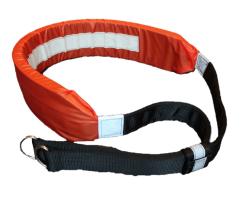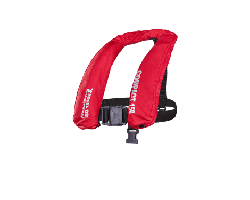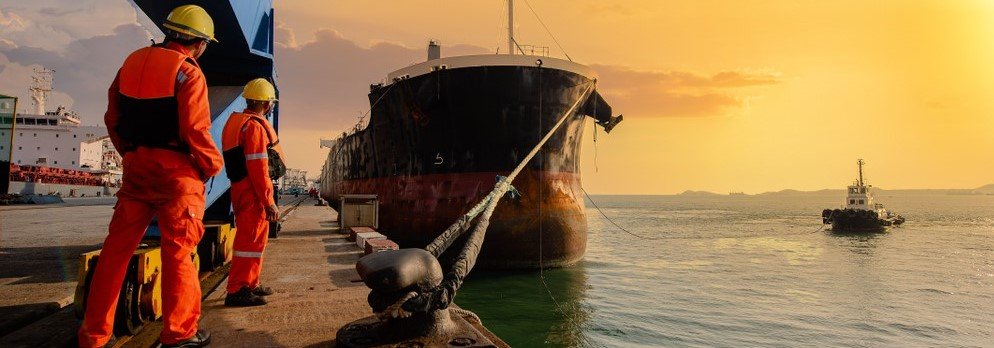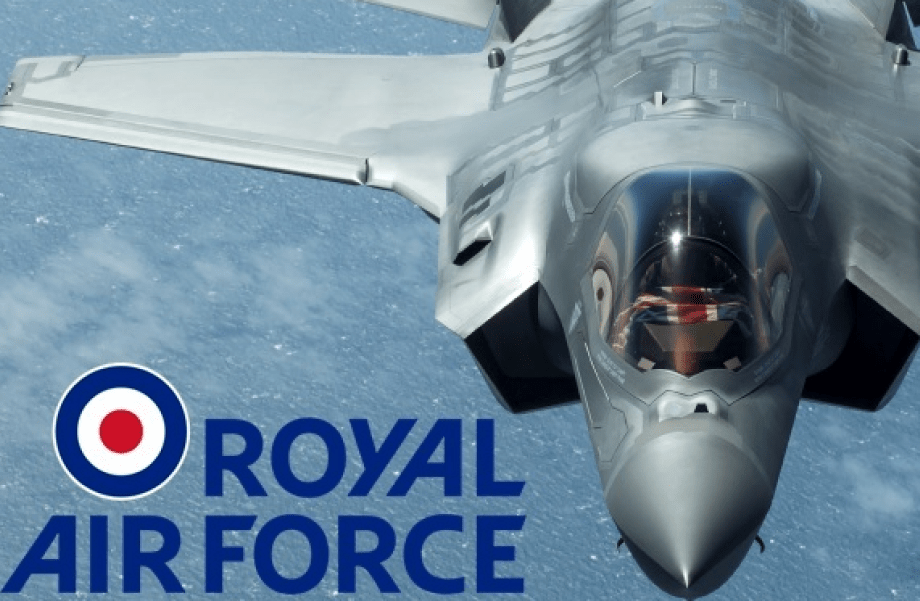Torpedo Buoy - Lifeguard Buoyancy Aid - UK
High-quality polyurethane foam-filled rescue buoy. Specifically designed to support full weight of both victim and rescuer. Whilst simultaneously acting as an identifier due to high visibility.
Torpedo Buoy - Lifeguard Buoyancy Aid
Description:
A high quality, foam-filled rescue buoy. Currently favoured and used by coastguards, lifeguards and many other lifesaving organisations worldwide. Specifically chosen due to its high visibility during rescues.
Ease-of-use when swimming due to portable size and streamline design.
Each Torpedo Buoy includes a rescue line and wrist-strap, allowing victims to be pulled back to safety by the rescuer.
Specification:
Length: 68cm
Width: 24cm
Depth: 13cm
Polyurethane foam-filled
High visibility design
National Waterside Safety Guidlines:
Before installing life-saving equipment like lifebuoys and lifebuoy housings, it's crucial to conduct a thorough risk assessment, following the guidelines recommended by the National Water Safety Forum. At I.C. Brindle, we firmly believe that focusing on preventing water accidents is just as important as having the right rescue gear.
Should the decision be made to install lifebuoys and lifebuoy equipment, adherence to the following guidelines set forth by the National Water Safety (https://www.nationalwatersafety.org.uk/) is essential:
- Strategic Positioning: Lifebuoys should be strategically positioned in easily accessible locations, clearly visible, and preferably in the distinct colours of red or yellow to enhance visibility.
- Optimal Height: Ensure that lifebuoys are mounted at a maximum height of 1.7 metres above ground level for easy accessibility.
- Regular Maintenance: Regular inspections of lifebuoys and their housings are essential. Any signs of wear, damage, or tampering should prompt immediate replacement to guarantee their effectiveness in rescue situations.
- Considered Placement: The placement and spacing of life-saving equipment should be determined based on identified risks, Areas where people congregate or are prone to accidents should be given priority. Generally, spacing lifebuoys at intervals of 100 metres is recommended under standard conditions, ensuring that potential rescuers are not more than 50 metres away from the equipment at any given time.
Dimensions
Lenght - 68cm
Width - 24cm
Depth - 13cm
Contact Us
Need any help? Get in touch with an expert via the contact form below.










